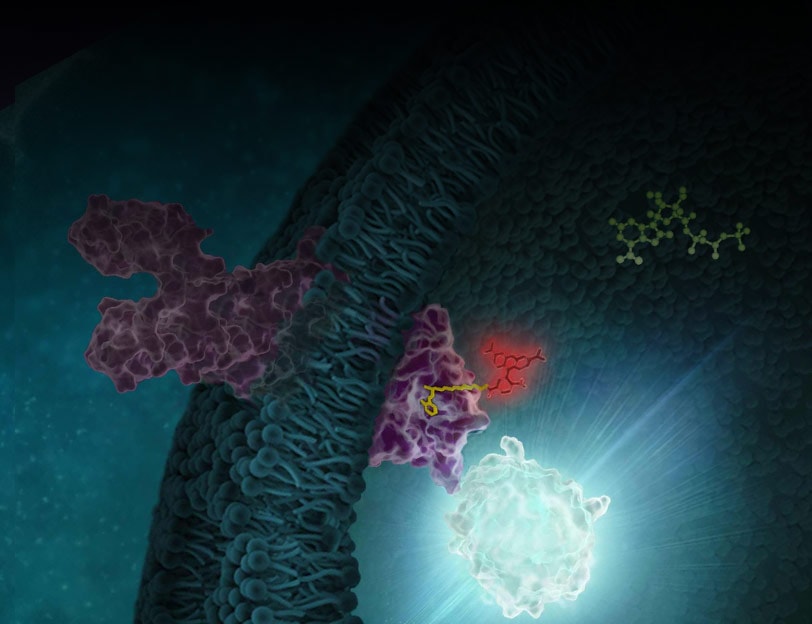Cell-Based and Biochemical Assays
We offer luminescent assays you can use for detecting HDAC, methyltransferase, Jumonji demethylase and dioxygenase, and various protease activities. The HDAC-Glo™ Assays measure the relative activity of histone deacetylase (HDAC) in a single-reagent-addition, homogeneous assay format. The Succinate-Glo™ Assay can used with any succinate-producing enzyme to rapidly detect demethylase activity in an easy to use add-and-read format.
Promega also provides protein interaction assays relevant in epigenetic studies. NanoBRET® Target Engagement HDAC and BET BRD Assays directly measure HDAC- and BET BRD-test compound affinity and residence time, respectively.
Filter By
Shop all Cell-Based and Biochemical Assays
Showing 11 of 11 Products
Cell-Based and Biochemical Assay Basics
Cell-based and biochemical luminescent assays can be used for detecting HDAC, SIRT, methyltransferase, demethylase and various protease activities and protein interactions.
Acetylation of a lysine residue neutralizes a positive charge on a histone protein, reducing the electrostatic interaction with negatively charged DNA. This reduction in affinity leads to increased DNA accessibility to protein complexes, which can result in increased gene expression. Histone acetylation also can lead to reduced gene expression through indirect mechanisms.
HDACs reverse histone acetylation and promote gene silencing. HDACs are often components of large protein complexes and are recruited to sites of DNA methylation by methyl DNA-binding proteins. HDACs are categorized into four classes, including sirtuins (SIRTs).
JumonjiC domain-containing histone lysine demethylases (JMJCs) play a pivotal role in determining the epigenetic status of the genome by counteracting the activities of histone lysine methyltransferases. These enzymes act as erasers by catalyzing the removal of methyl marks from specific lysine sites in histones, leading to either transcriptional repression or activation of target genes.



